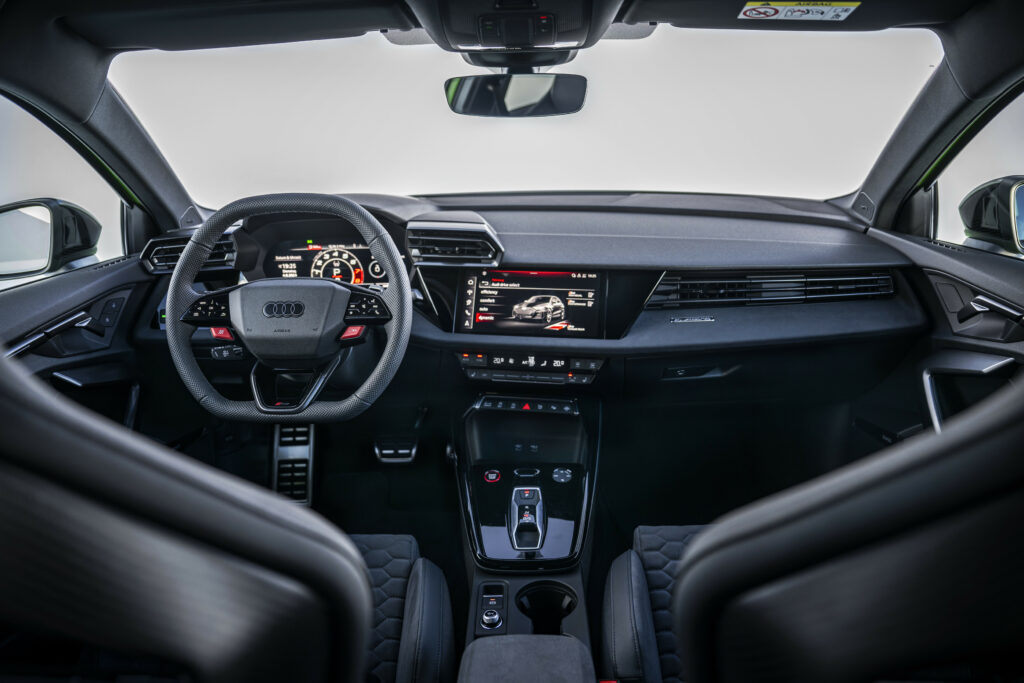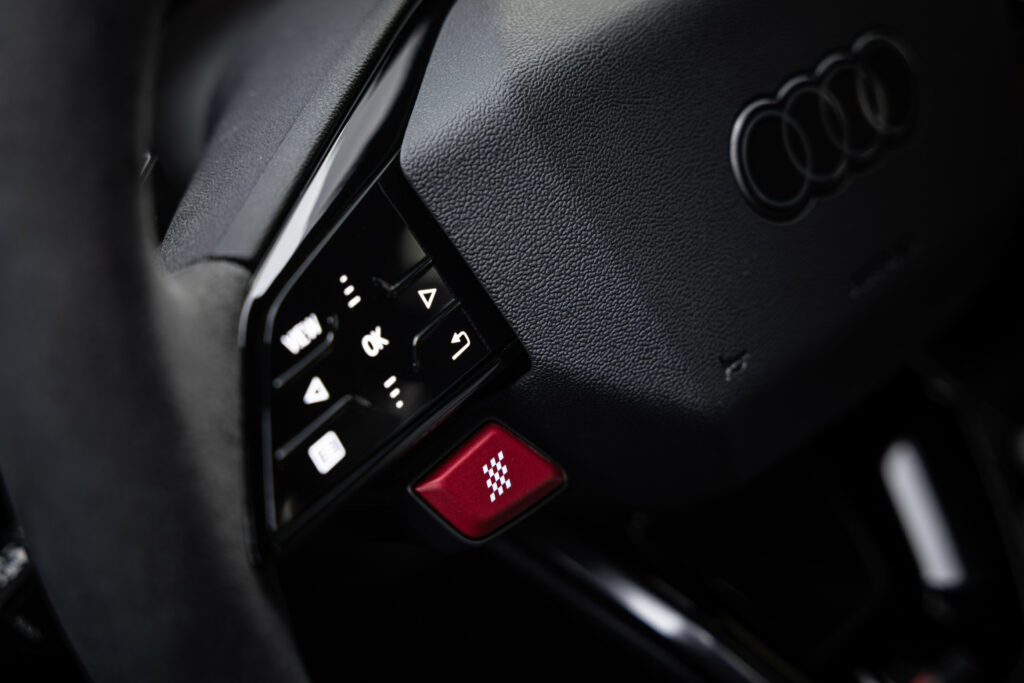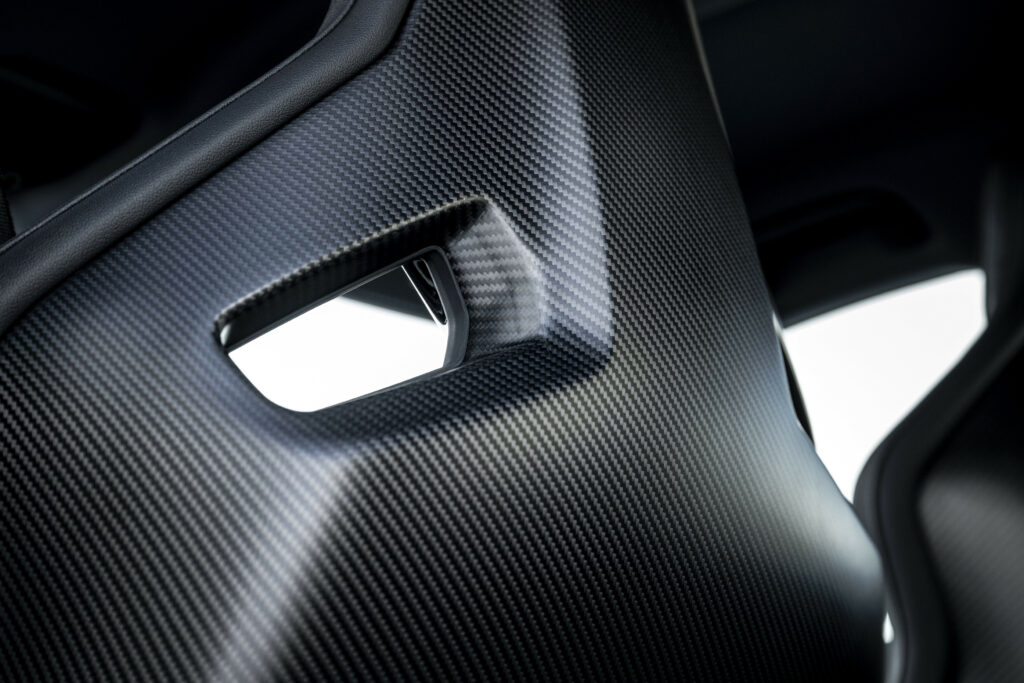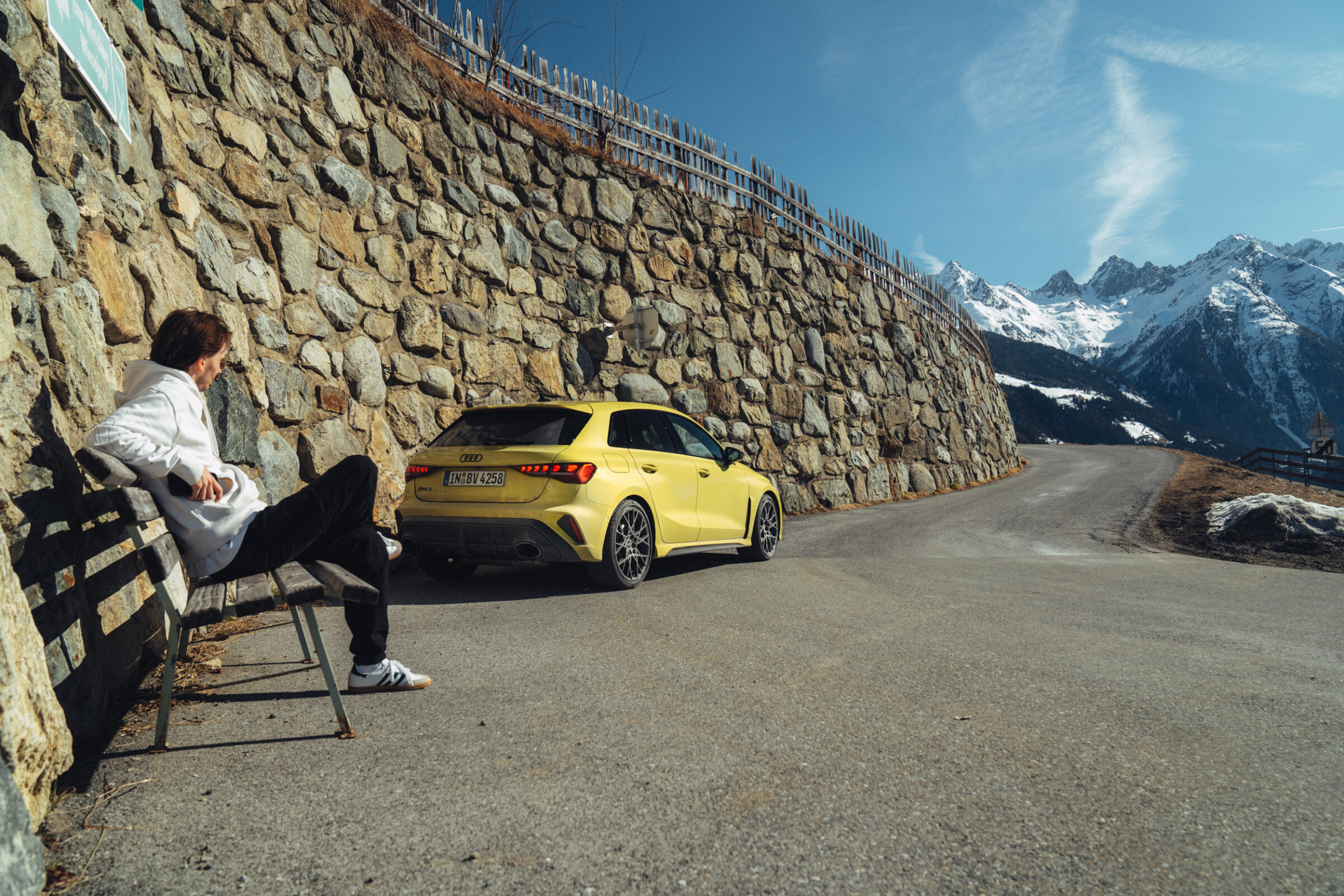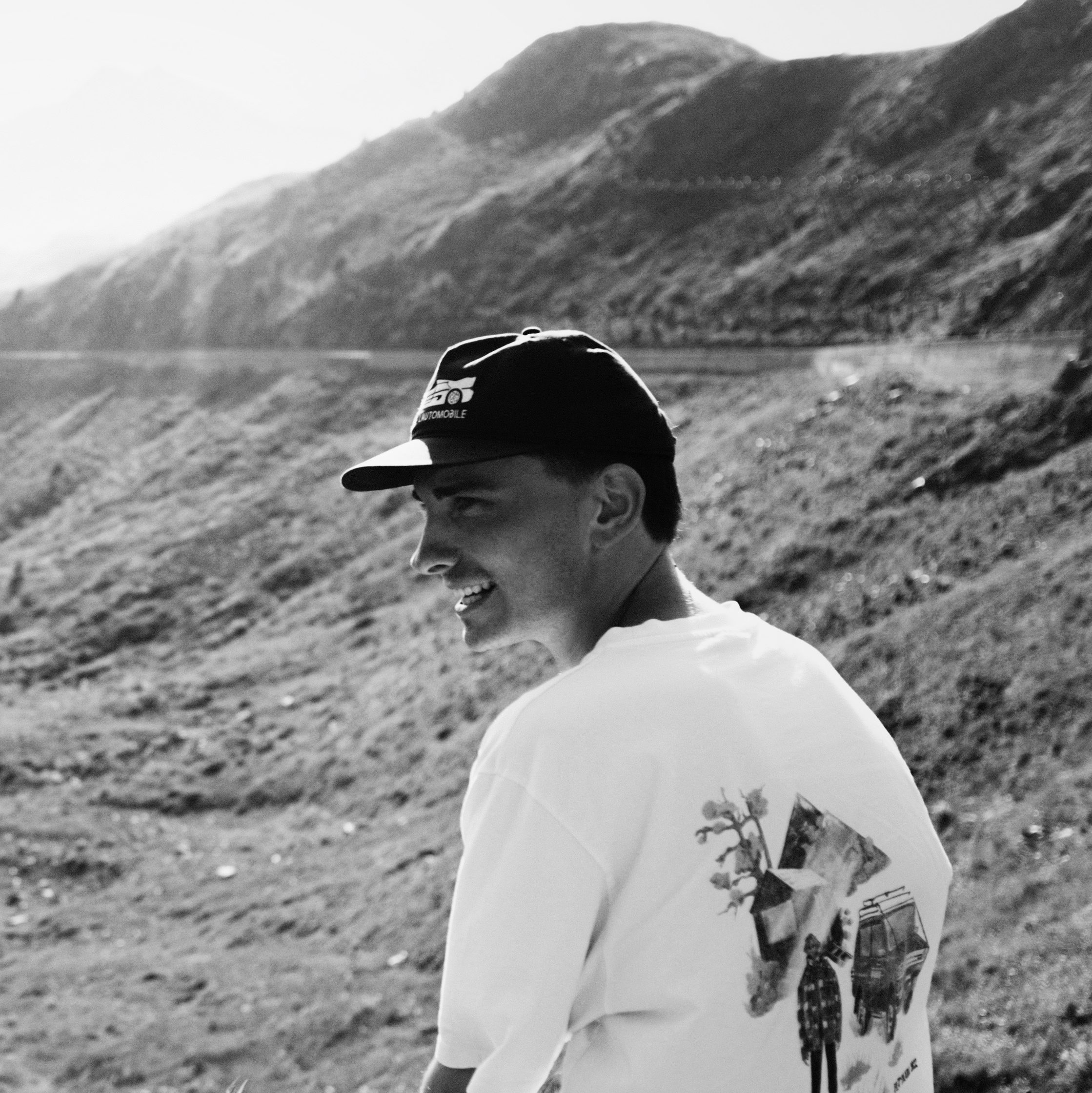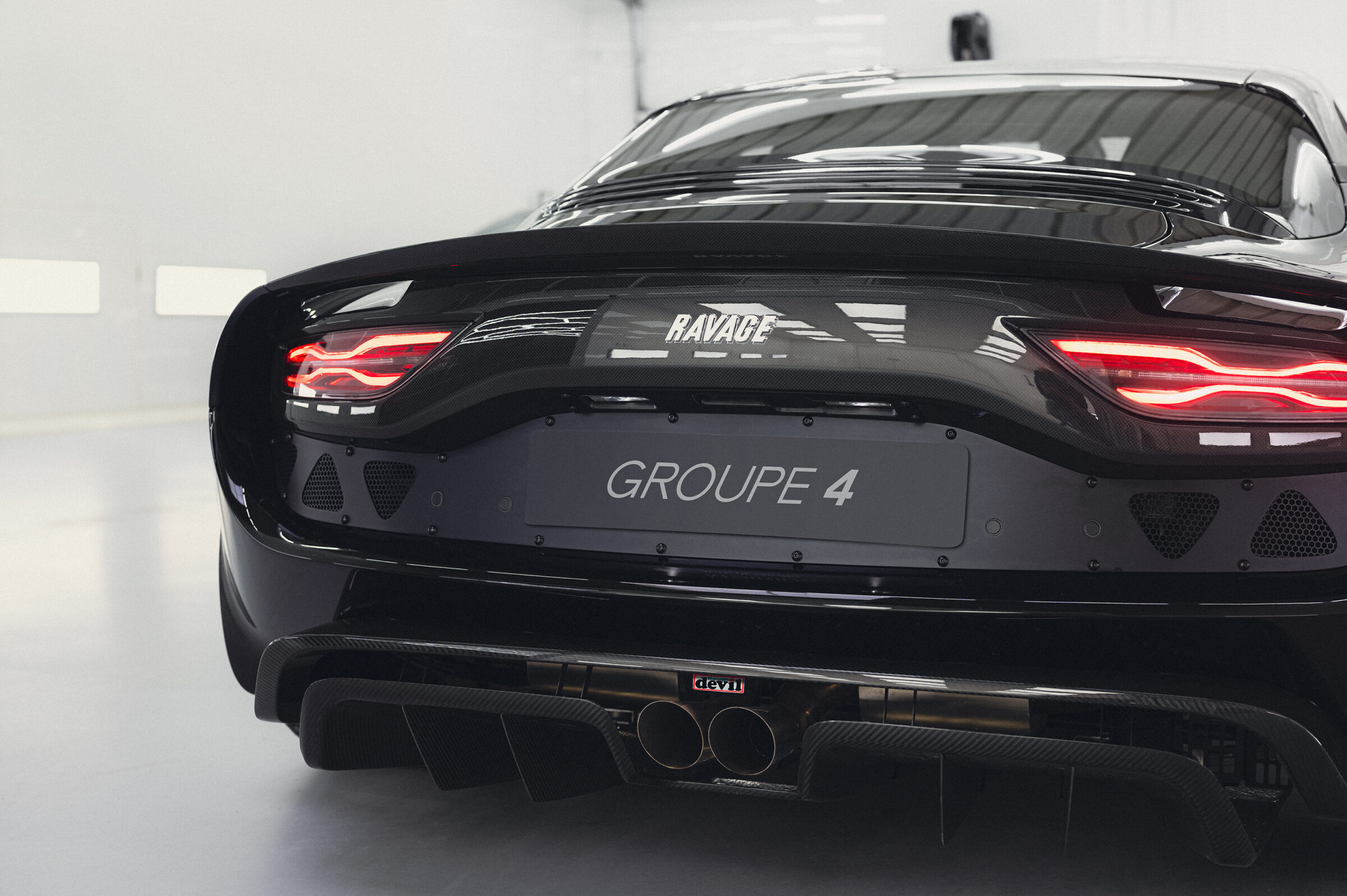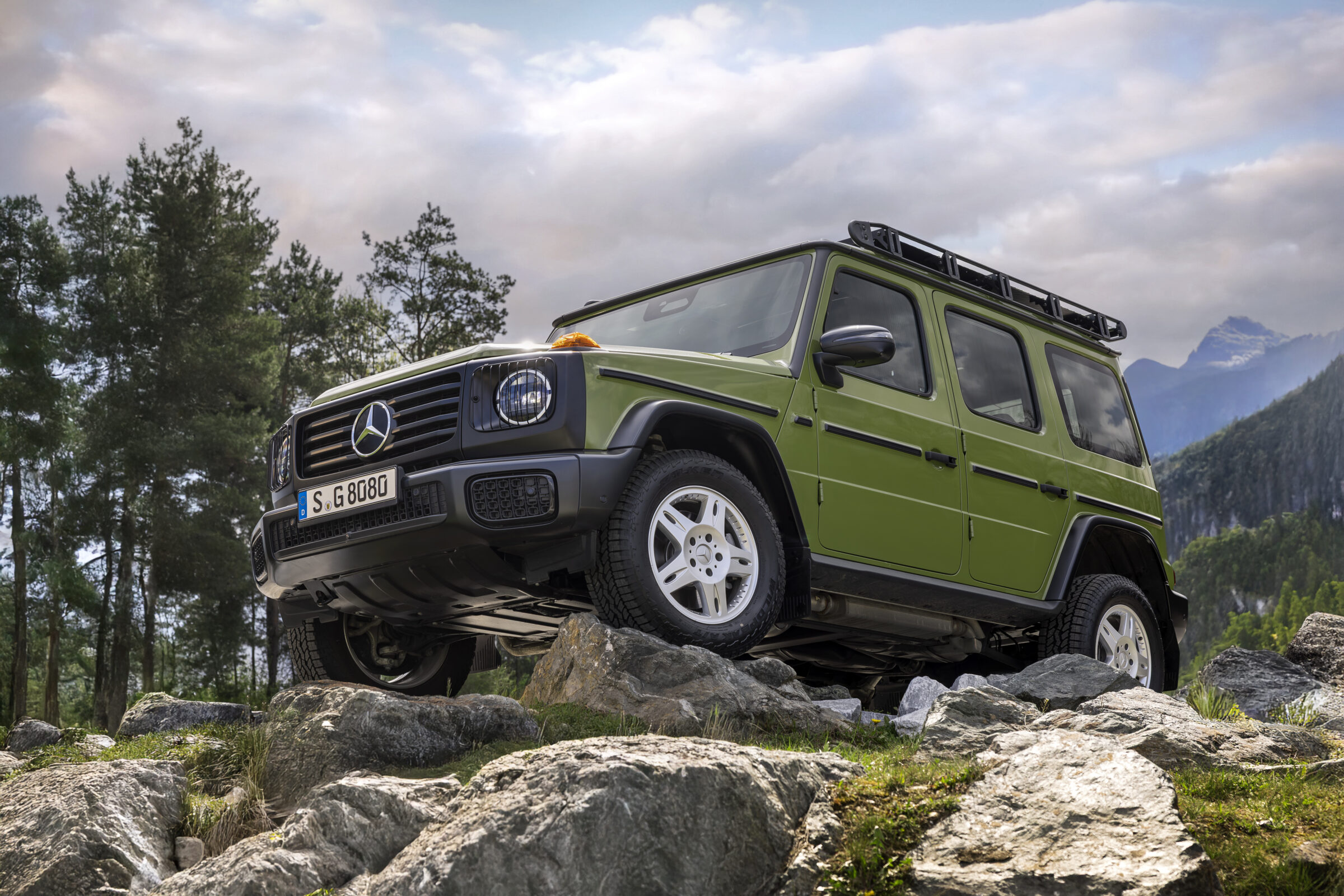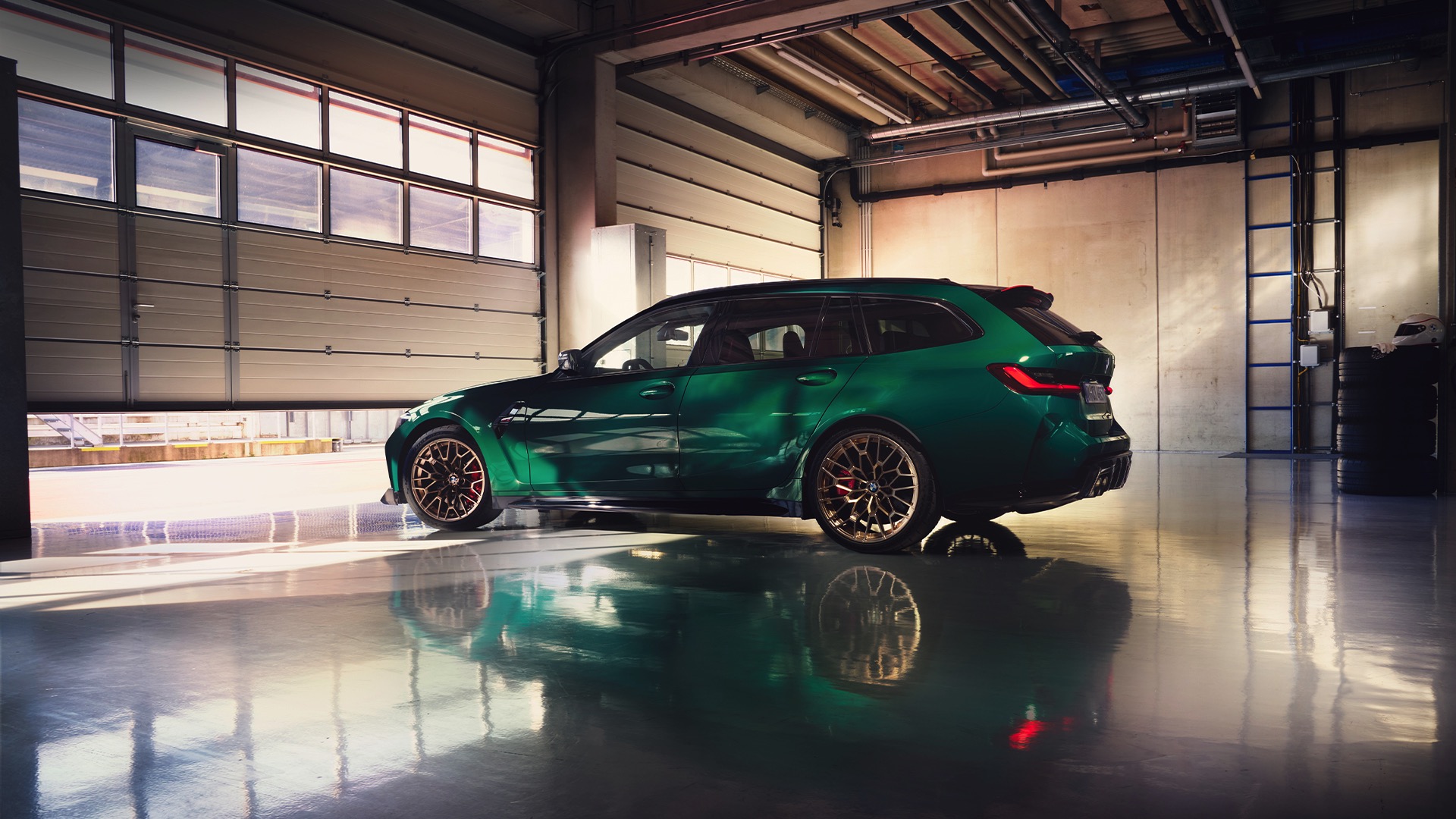Performance meets luxury. With the Audi RS 3 to St. Moritz
Mountains. They have always symbolised longing, challenge and freedom. They stand there, immovable, sublime. And we? We want to conquer them, climb them. Or even better: merge with them. To become one with the serpentines, the metres in altitude, the dynamics of the road. That requires the right tools. Not just power, but control. Not just speed, but precision. The choice falls on the Audi RS 3.
The day starts early – far too early for most people. But for us it starts at 4.30 a.m., when the Audi RS 3 is waiting outside the office, the engine humming quietly but powerfully. The streets are still empty, the city still asleep, the centre ring road as if swept clean. Only a few taxis are whizzing through the city tunnels, reflecting the street lights in their windows. In addition to the clatter of these few diesel engines, there is the soothing hum of a 5-cylinder engine. The start of a wonderful journey from Munich, via Austria to the Swiss mountain village of St. Moritz.
Start at 520 metres above sea level
The first few kilometres on the A95 towards Garmisch are a gentle warm-up for what’s to come. Here and there a test drive – accelerating through to feel the power of the 5 cylinders in the RS 3.
We head to Plansee via Garmisch. The roads along the water are winding, narrow and perfect for experiencing the agility of the RS 3. Every steering movement is implemented precisely, every bend can be taken with impressive stability. The torque splitter distributes the power variably between the rear wheels depending on the driving situation – an advantage that is particularly noticeable when accelerating out of tight bends.
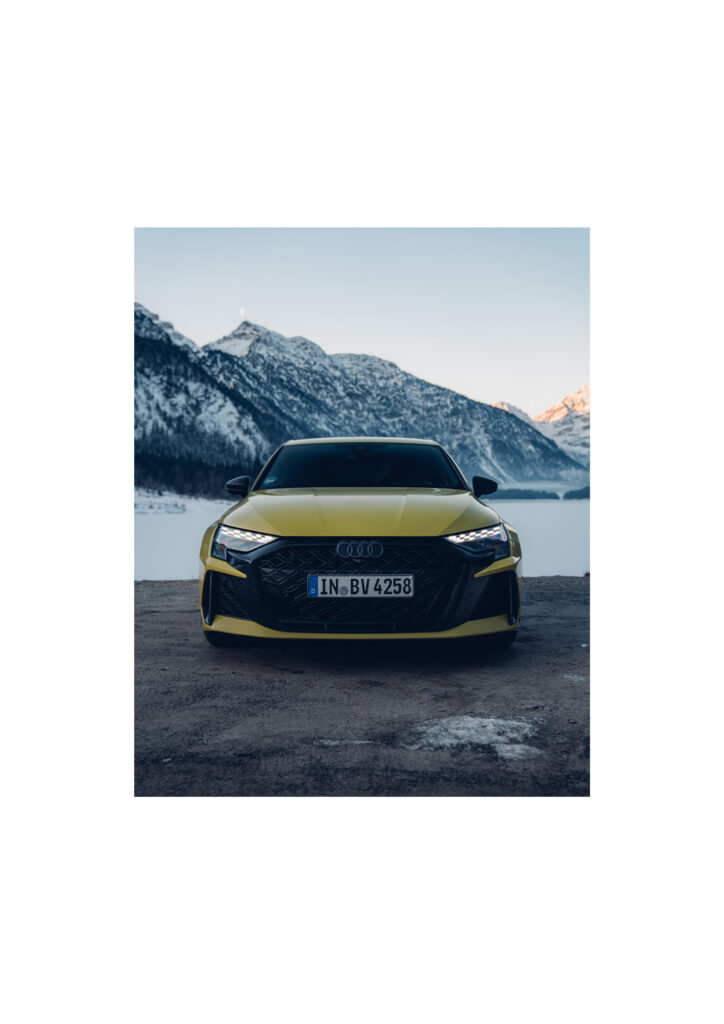
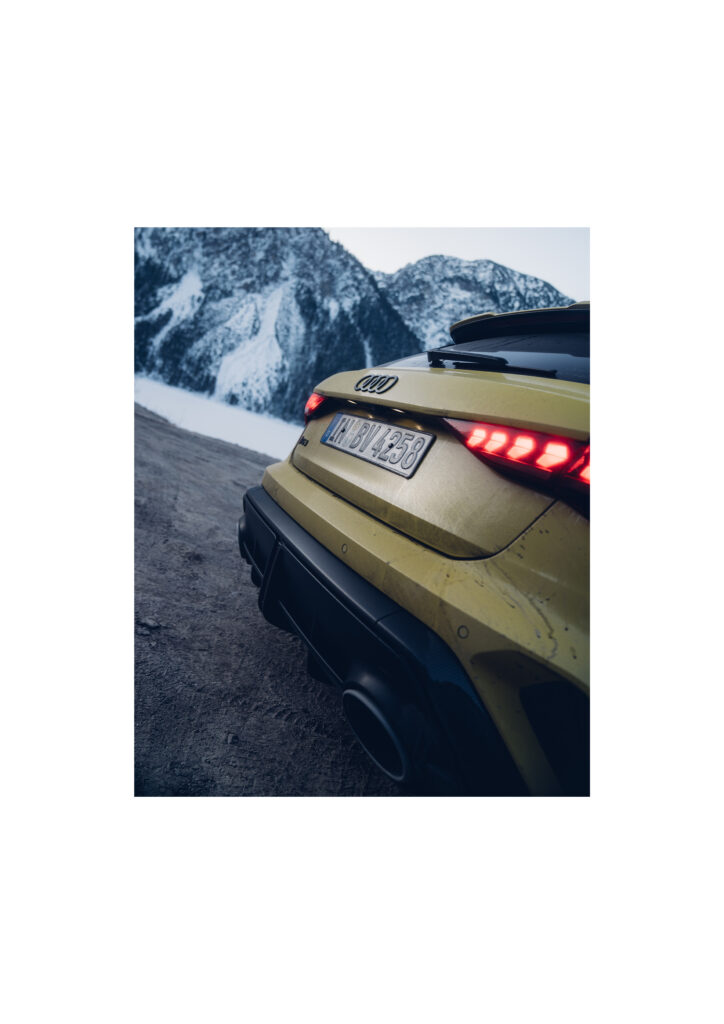
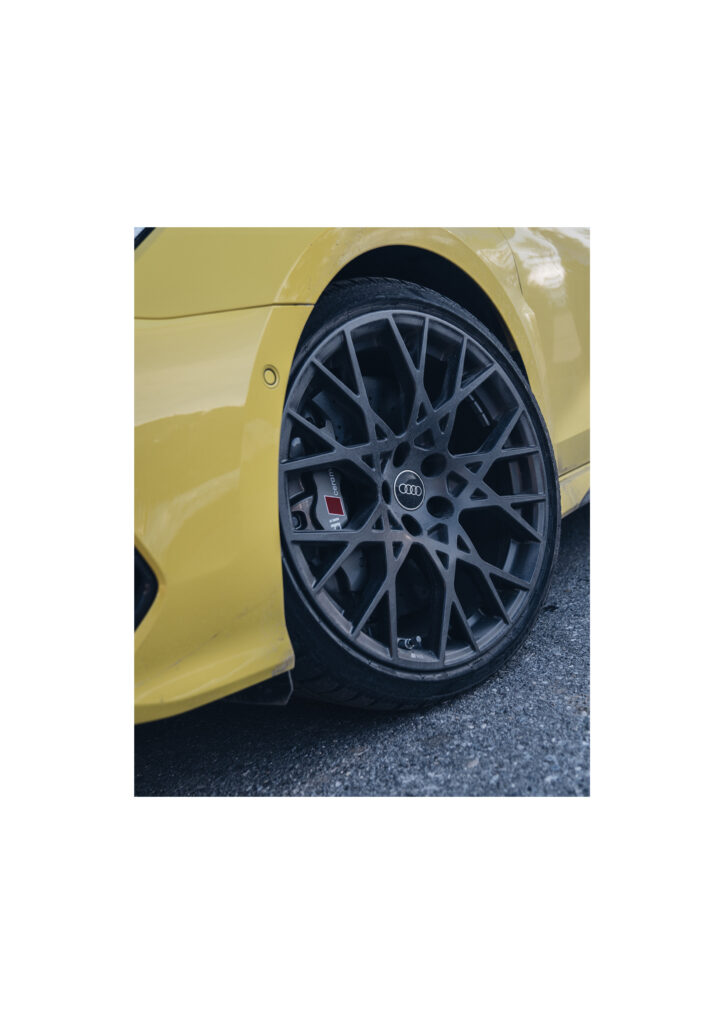
From Imst, we set course for the Pitztal valley. The roads become steeper, the bends more challenging. But the RS 3 remains completely calm, its RS sports suspension with adaptive dampers adapts perfectly to the surface.
At an altitude of 1,550 metres, shortly after Piller, we take a moment to catch our breath. The view stretches far across the valley, the five-cylinder turbo engine purring idly in the background as if waiting to get going again. However, we take a brief moment to review the last 150 kilometres. The question of how the RS 3 was able to achieve such an impressive time of just 7:33.123 minutes on the Nordschleife has been clear since sunrise – the technical data shows that it is fast on the straights – 3.8 seconds from 0 to 100 km/h speaks for itself. But the real highlight is its behaviour in the bends. It’s not just performance on paper that counts here, but the feeling behind the wheel. And it is precisely this feeling that enables Frank Stippler to set a new lap record on the Nürburgring-Nordschleife with the RS 3. With his lap time, he beat the previous best in his class by more than five seconds.
The secret behind this is the interplay of several systems: The torque splitter, which distributes the power variably between the rear wheels and ensures maximum traction, the electronic stabilisation control, the wheel-selective torque control (brake torque vectoring) and the adaptive dampers of the RS sports suspension. All of this is controlled by the modular driving dynamics controller, which synchronises the systems at lightning speed. The result? More agility, more control and incredibly stable handling – perfect for the Alps.
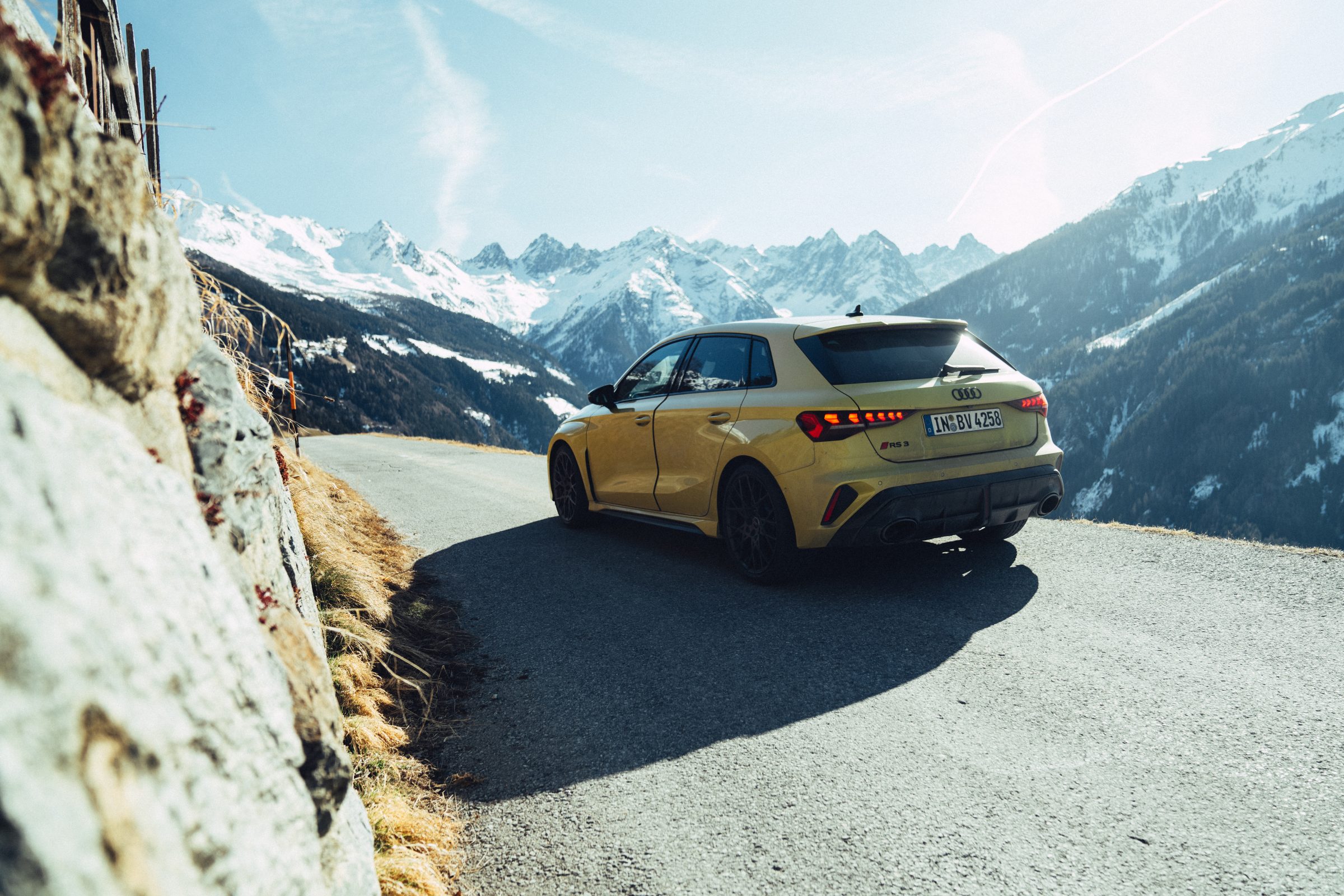
After a brief look over the valley, we forget all the facts and figures and enjoy what lies ahead – the next 100 kilometres through the mountains. The route now takes us downhill via Kauns, to Pfunds and finally into Switzerland. As soon as we cross the border into Switzerland, our riding style and feeling change abruptly. This is probably not because we can’t get enough of the Audi’s power, but rather because of the Swiss fines, where even small speeding offences can result in utopian sums.
So: shift up a gear, switch the RS 3 to Comfort mode and send the five-cylinder engine on a quiet, relaxed journey. And this is precisely where another of the RS 3’s strengths becomes apparent: not only can it take bends with impressive agility, it can also glide along calmly. The adaptive damper control absorbs minor bumps, the dual-clutch gearbox shifts smoothly, and the interior remains acoustically present even at low engine speeds – but pleasantly restrained. No stress, no unnecessary noise – just arrive.
Julier Pass, 2,284 m – and the power of the RS ceramic brakes
After a short stop in St. Moritz, the last big climb awaits: the Julier Pass. The road winds upwards in serpentines, the snow reflects the light of the low sun, and the RS 3 shows once again what makes it special.
In the last hairpin bends, at over 2,200 metres above sea level, one thing is crucial: the brakes. This is where the RS ceramic brake system shows its full strength. Every braking point is sharply defined, the pedal feel is direct – even on the last bends towards the top of the pass, the braking power remains perfectly available.
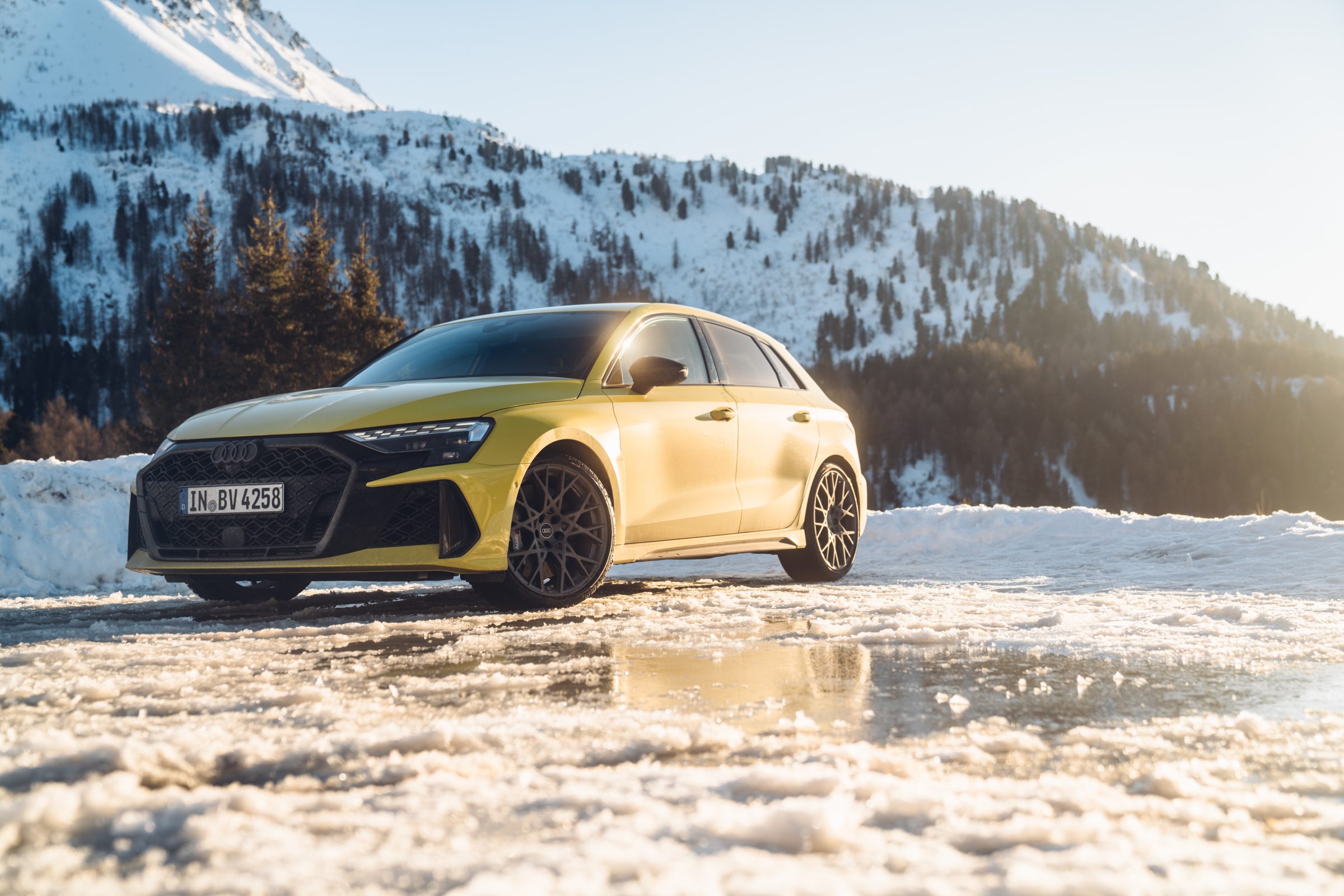
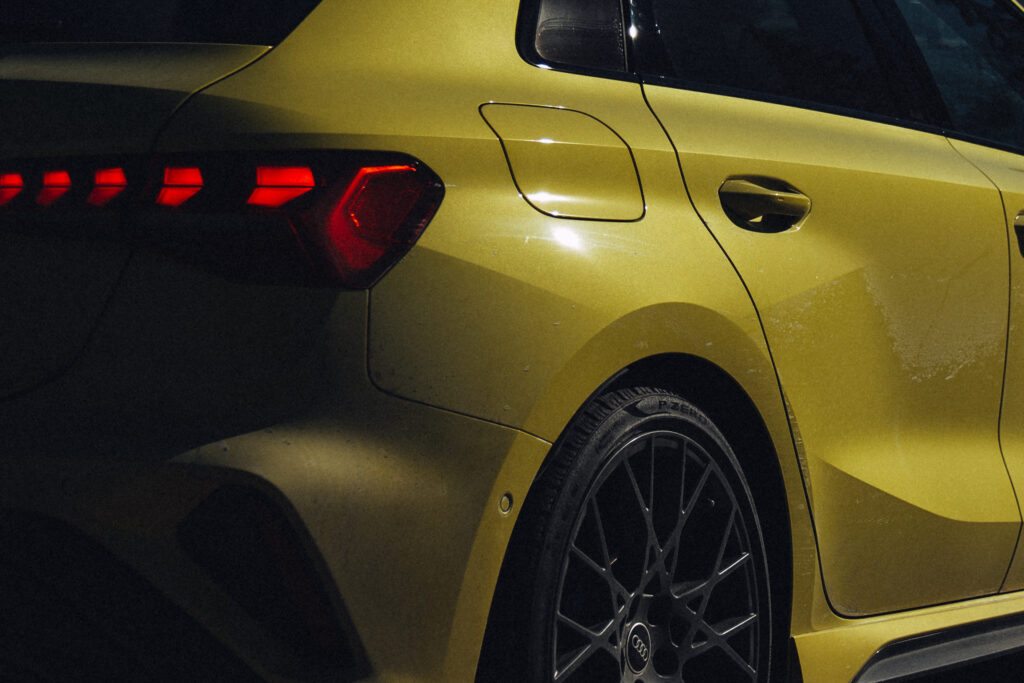
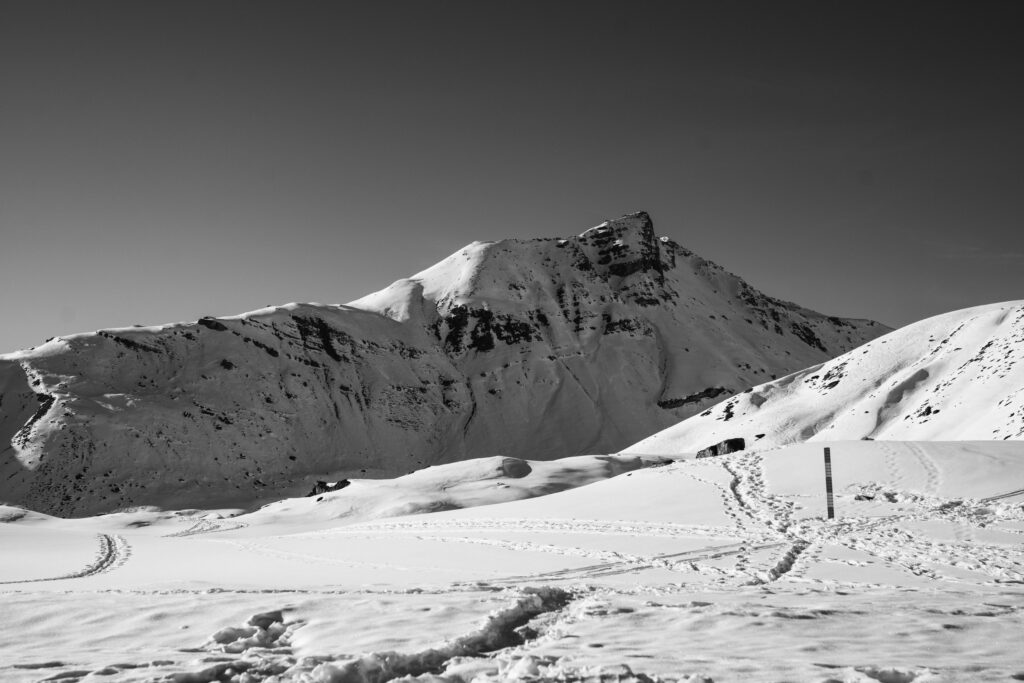
Then we reach the summit of the Julier Pass, 2,284 metres above sea level. A look back at the road we have just conquered – and a deep breath. The silence of the high mountains meets the echo of the five-cylinder engine just waiting to plummet back down into the valley.
Conclusion: A car for the summits
From Munich to St. Moritz, over the Plansee, the Pitztal, Pfunds, St. Moritz and finally the Julier Pass – the Audi RS 3 has proven that it is not just a high-performance vehicle for the motorway, but a real mountain conqueror.
In total, we covered over 6,000 metres in altitude on this tour. But in the end, it’s not just about the numbers – it’s about the feeling of driving a car that melts into you more and more with every bend. And as the sun slowly disappears behind the mountain peaks, we know: The RS 3 has not only conquered the mountains – it has conquered them.
